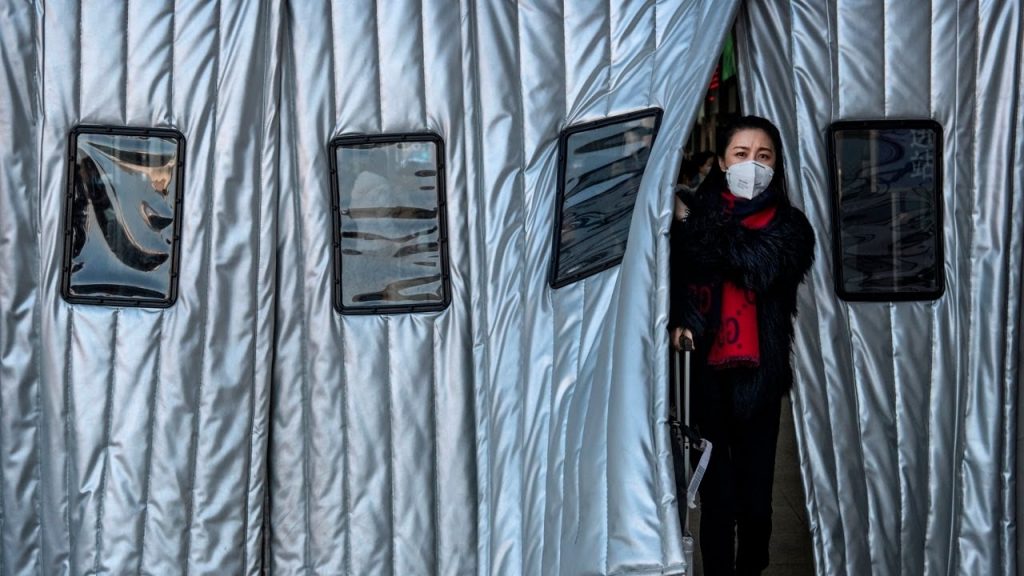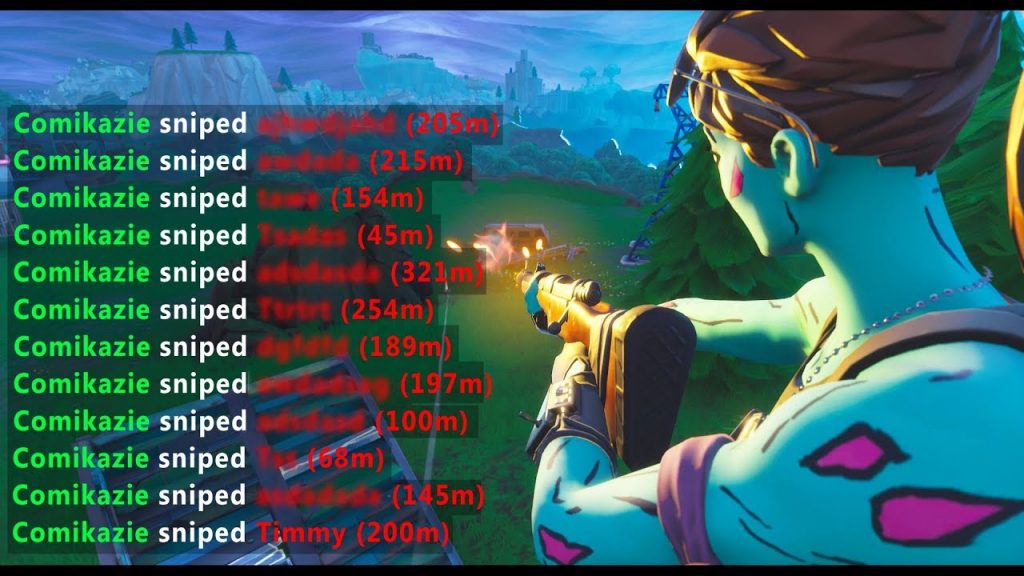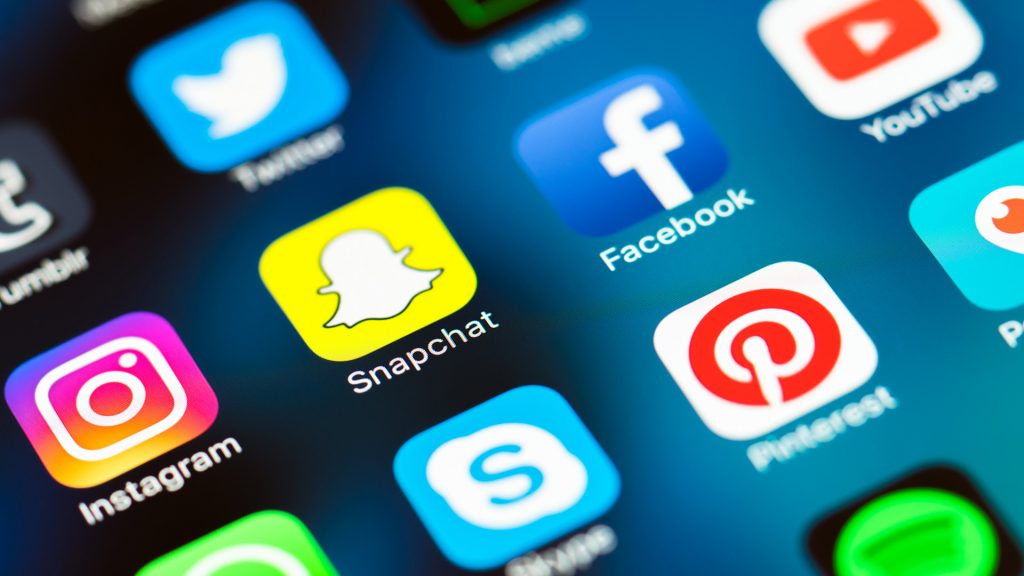
The coronavirus (COVID-19) has taken the world by storm and disrupted so many aspects of our lives. As an educator, I’m always thinking about how historical phenomenon might affect (in positive and negative ways) the personal and professional success of our students and this disease has me concerned on a number of levels. Obviously, the safety of our children and their families is our first priority. My university was quick to mandate that professors move all instruction and interaction online, and we know by now that most universities across America have done the same. School districts as well have followed en masse. This is absolutely the right thing to do. But I was just talking with my colleague Randy Ross over at the National School Climate Center about how there will likely be some unintended consequences here which merit our attention and response.
Here are three important considerations, followed by my suggestions. I welcome your own ideas; we’re all in this together and our foresight and preventive efforts may do a world of good in safeguarding not just the physical health of the students under our care, but also their emotional and psychological health.

Lack of access to counseling and mentoring by educators
With everyone now receiving instruction online, students can’t readily stop by the guidance counselor’s office, or chat with a teacher after class, or let their coach know about what’s troubling them and affecting their sports play (since youth sports are shut down too). This is a big deal. I’m reminded of the quote by educator Nicholas Ferroni, who wrote “Students who are loved come to school to learn, and students who aren’t, come to school to be loved.” I care deeply about my college students and my professional interactions with them have led to many of them inviting me to their weddings, stopping by at my office after 5-10 years to let me know how they are doing, and keeping in touch for years and years. You care deeply about your students, and you know the impact you’ve made in their lives not only by what you taught them, but by how you invested in them and showed them how much you care about them.
SUGGESTIONS: This will largely go missing over the next month or two (perhaps the rest of the school year) unless we are very intentional about it. If there is a way for you to keep in touch with the students you’ve poured into, please do it. I want you to keep in touch with all of your students somehow – at least on a semi-regular basis, even though you’ll be caught up with your own family and their needs. Remind them that you are there for them if they need anything, and to not hesitate to ask for help or advice. More importantly, please keep in touch with those few you know need that connection, those encouraging words, that accountability, that check-in. Carbon-copy (CC) or blind-carbon-copy (BCC) your administrator so that these communications are transparent if you feel uncomfortable about it. (Also, I trust you’re aware of your school’s formal policies regarding electronic communications with students – which have hopefully been updated over the last week or two. Make sure you follow those rules and seek clarity for what you’re unsure about!)
This is all about you being there for them – available and still involved even though instruction has moved online. Perhaps you can divvy up with your colleagues the list of students in each grade level and reach out via phone (ideally) or email/text to check in with each one individually. Many of you have advisory groups; figure out a creative way to keep in touch with and continue to support that group. Also keep a list of dates and times you made those contacts, and take a few notes so you can remember what’s going on with each student. Yes, it takes some time and effort, but this is how we care meaningfully about our students, and positively impact their lives!

Increased student isolation
I’m an introvert, and so I do great alone most of the time. But I still need human connection and interaction with people outside of my immediate family members. I needed even more when I was a kid, even though I was introverted back then as well. Now imagine if I was an extrovert! Regardless of where they lie on that continuum, our students are going to struggle with feelings of isolation because they are not able to go to school and connect and interact with their peers in person, even if they might be interacting with them via their iPad cameras or discussion boards. And think of those students without the devices and Internet access they might need! This deeply troubles me. We already know that mental health problems (mood disorders, suicide-related outcomes, etc.) among US adolescents have increased over the last decade or so. Social ties also affect brain development and behavioral choices, and an increased risk for mental illness can occur if there is inadequate or problematic interplay between the two – particularly during the critical and tenuous developmental stage of adolescence.
SUGGESTIONS: I absolutely understand the importance of social distancing during this unprecedented, wacky, scary time. Honestly, we are trapped right now in our homes. But we need to be creative to make sure our kids don’t suffer from extremes of isolation. First off, be patient with them if they start to get irritable and frustrated. They are trying to reconcile this new reality – just like you are. And, they’re probably not going to be as good at hiding their emotions or redirecting them as you may be. Again, be patient. Second, I encourage parents to allow and support them Skyping and FaceTiming their friends, as well as livestreaming on their favorite apps. This is probably going to annoy you at times, but please remember socializing and connecting with their friends is essential for continued healthy development in the midst of the chaos and uncertainty all around us. Hey, now would also be a good time to reach out to friends and family we barely or rarely talk to! Let’s intentionally counter isolation in any and every way we can, despite the limitations placed on us. Finally, encourage physical activity without doing so in a group setting. We know that physical activity is necessary (at all ages!) for calming the mind and supporting cognitive growth.

Cyberbullying will likely increase
When smartphones and social media became ubiquitous for students, cyberbullying rates went up. This makes sense, of course. But apart from all of the popular app usage by students to meet their social and relational needs, those same students will be using apps even more than they already do. Screentime is going to go way up as students are now forced to use online platforms for learning, regardless of their comfort level or proficiency. Teachers are delivering education not just on Canvas, Blackboard, and Moodle, but even on Roblox, Twitch, and YouTube (and others!).
Some students – perhaps due to #1 and #2 above, and perhaps for other reasons (e.g., everyone is on edge, people often misunderstand each other during crises, self-protection runs deep) – are going to be hurtful towards other students in posts and comments and pictures and videos. Some of it will be mild, and some of it will be severe. Some of it will be what they’re used to and won’t bother them, and some of it will be brand new – and a jarring, wounding experience. This may be especially true for those not used to learning and interacting in this way (and we are seeing how socio-economic inequities are being magnified because of the coronavirus).
It’s also very possible that xenophobic/racist cyberbullying may go up. Some continue to call COVID-19 a “foreign virus” and parents have complained to the media that their kids are being accused as carriers just because they are Asian. I’m Asian and have dealt with my share of bullying based on race/ethnicity, and so I am particularly sensitive to this and simply do not want to see it spiral out of control. Let’s make sure we convey facts and truths, and take the time to correct ignorant misconceptions and misstatements instead of letting them slide. Plus, remember that many cyberbullying victims will hesitate to get help from their parents. When it happens, they may just suffer silently since won’t be any visual cues for educators to see and inquire about as the student isn’t walking our hallways or sitting in our classroom.
SUGGESTIONS: Educators, set expectations immediately for respectful behavior among your students online. Don’t wait a single day. Make your standards very clear, and convey that there will still be disciplinary consequences for cruelty towards others – whether in grading (since it will be tied to their online education) or in administrative actions when school resumes. Let them know that you totally get that their worlds have been turned upside down, but that we need to be kind to each other even more so because of the situation we find ourselves in. Also, keep close tabs on all online interactions over which you have purview. Encourage students to send you screenshots or video recordings of any abusive or harmful behavior towards others. Show them how to take screenshots on your online learning platform (“if you don’t know how, find out – or reach out and I’ll show you!”). Point them to our “Report Cyberbullying” page (or use it yourself) to report problematic content to any social media or tech company that may be involved (we provide contact information for each of them there). And do all you can every single teaching day to promote positive peer interactions in all venues where online connections take place.

As I wrap this up, let me direct a few suggestions towards social media companies. This is such a critical time and a fantastic opportunity for you guys! We’ve helped many of you create content related to cyberbullying (and other topics), and you’ve built online safety portals and developed cool tip sheets and helpful videos for parents and educators and kids. They’ve always been available on your site but – let’s be honest – everyone’s really busy and many haven’t taken advantage of them. Now is your time! Everyone’s stuck at home! Everyone is on their devices all the time! Push that content to their news and activity feeds! “Promote” and “sponsor” and elevate those safety tips! Create and share fresh messaging strategies that encourage parents to chat with their kids about their device and social media use! They are home together, and so they have more time to do so! Reacquaint educators with the online resources you have made available to help them in their work – they are online more now that they are working from home! And use this unique moment to re-set everyone’s perspective of your app or site in terms of safety, security, privacy, and well-being.
I hope my exploration of the three points above help you to appreciate the complex challenges that this gigantic move to online learning is going to pose for our students. There is more to say, but let’s talk about it together! Please, please know and remember that we here at the Cyberbullying Research Center have so many resources available for educators, parents, and teens and continue to add more great stuff every week to help you during this time (and beyond). Reach out if you need absolutely anything – we are here and committed to help you, your students, your school, your district, and your state. Just let us know what you need!
Suggested citation: Hinduja, S. (2020). Coronavirus, Online Learning, Social Isolation, and Cyberbullying: How To Support Our Students. Cyberbullying Research Center. https://cyberbullying.org/coronavirus-online-learning-social-isolation-cyberbullying
Image Sources:
At the Heart of Home: https://bit.ly/2waut8J
Counseling Programs: https://bit.ly/2TTaZOQ
Fears at Boarding School: https://bit.ly/2TUBq6T
Cyberbullying in Fortnite: https://bit.ly/2xAMQ71







